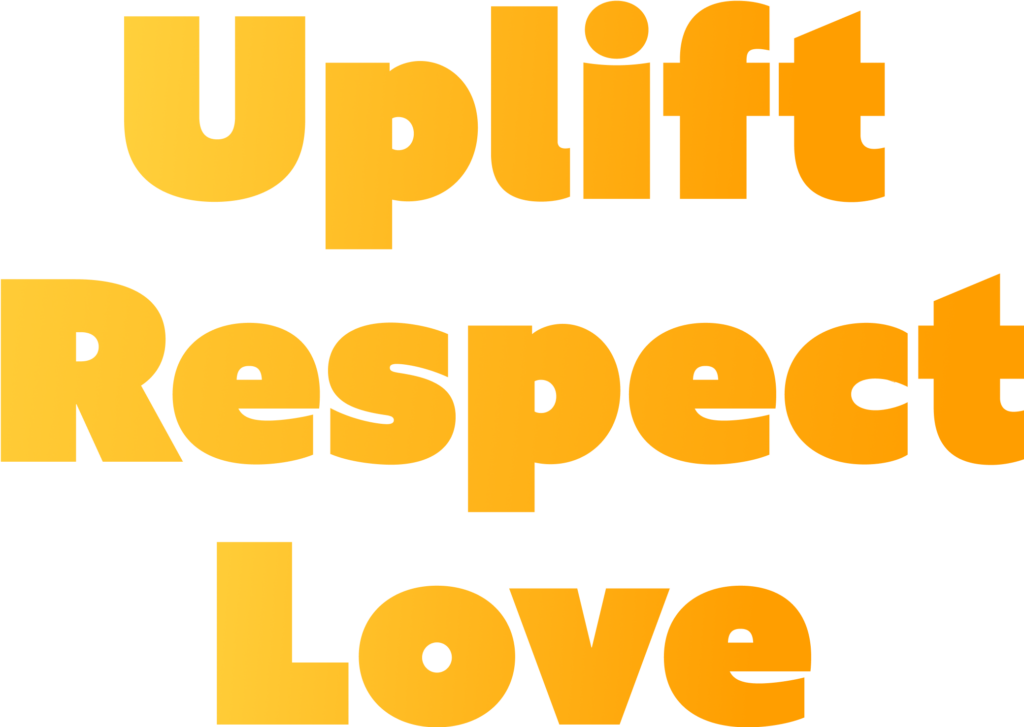Quick summary:
You know the news: the biggest private health insurer’s CEO was shot down and the nation seems ready to pull itself apart. This weekend, let’s unpack what’s fueling this boiling point and why even the public’s darkest responses make sense, featuring reporting from Sahan Journal and India Currents.
Hey, y’all,
It is one interesting time in the United States right now, isn’t it?
The nation is on the heels of now President-elect Donald Trump’s reelection. Holiday cheer, for some, is at full tilt. Glitzy, jolly Christmas carols seem to pour out of every loudspeaker in public — yet just ten days ago, a health insurance CEO was murdered on the street by a gunman-turned-folk-hero, sparking a saga that is surely nowhere near finished.
How do we process something like this?
Any act of violence is no cause for celebration — especially gun violence, an epidemic that needs no further stoking in this country. Still, a common reaction to the shooting has been callous, comedic, even celebratory.
Many have been quick to criticize these as knee jerk, unfeeling responses, and granted, there is plenty to be explored as to what they say about our public psyche. However, dismissing them as simply unempathetic is perhaps the least accurate reading, and the least productive path forward. People feel this way for a reason.
It all comes down to how we understand violence. A shooting such as this one is an example of direct violence committed by a person. This violence is the most widely recognized kind in our culture — but we need to think of it as the tip of the iceberg.
What lurks beneath is a far more entrenched, far more deadly form of violence — the indirect violence committed by no single person, but by entire systems or institutions instead.
Many know this better than they can name it. One term for it is “structural violence,” and, as made brutally clear last week, it has become synonymous with health care in the United States.
Examples include overpriced life-saving drugs, insurance tied to employment, forced sterilization programs, attacks on reproductive rights, and racist research practices. Others range from lack of access to clean and healthy food, air, and water, to barriers to quality housing or education.
In each case, the structures raised and upheld by the state or another institution create an environment in which violence toward vulnerable populations is simply inevitable. More often than not, that means disenfranchised Black and Brown people suffer.
If the World Health Organization counted this form of violence in its cause of death statistics, it would fall within the top ten at 18 million per year, according to clinicians Bandy X. Lee and John L. Young. The two are coauthors of the paper “Clinicians’ Need for an Ecological Approach to Violence Reduction,” published in the American Medical Association’s Journal of Ethics.
That total is ”more than ten times greater than all of the deaths from suicides, homicides, and warfare combined,” they explained.
The relationship between the U.S. government and private insurance companies is a textbook driver of this structural harm. The two entities create a web of policies that only truly serve those companies — not the insured, who are strung along a trail of denied claims, overbillings, slow proceedings, and legal battles.
“To most Americans, a company like UnitedHealth represents less the provision of medical care than an active obstacle to receiving it,” New Yorker essayist Jia Tolentino writes.
“ … Private insurers generate billions of dollars in profit,” she continued, “and pay executives eight figures not despite but because of the fact that they routinely deny care to desperate people in need.”
It’s true: claim denials — and their often unclear reasons — are baked into the system. One study by health policy research group KFF found that nearly 20% of in-network claims were rejected in 2021. Meanwhile, UnitedHealthcare denies about one third of claims, double the national average, according to U.S. News and World Report.
As Tolentino points out, there is no one regulator for private health insurers, which leaves room for them to shield data and try experimental tactics. For example, UnitedHealthcare faced a class action lawsuit last year over its use of an alarmingly error-prone AI to decide on claims, CNN reports.
All the while, an estimated 68,000 lives would be saved each year by a fairer system, according to a 2020 study by researchers at the Yale School of Public Health.
So, when Brian Thompson, the CEO of the biggest health insurance company on the planet — one that did indeed pull two hundred and eighty-one billion dollars in revenue last year — is killed by Luigi Mangione — by all appearances a vengeful act — then the public’s reaction maybe isn’t such a head scratcher.
With Trump nearly in office, the timing of this spotlight on health care couldn’t be more fitting, as his administration represents a major threat to the access Americans do have.
“Millions of Americans who rely on the federal government to subsidize their health care could face an erosion in their benefits,” Sahan Journal reports, citing the risks the GOP trifecta poses to Medicare and the Affordable Care Act.
Plus, nine states are in danger of losing expanded Medicaid funding that has helped insure 3 million adults, according to India Currents.
The incoming president cannot be separated from Mangione’s marked bullet casings and UnitedHealthcare’s profit margins. Just as his policies look poised to exacerbate the systems of structural health violence, there is a structural salve out there to work toward — a universal health care system, already adopted by 78 nations.
Politics is “nothing but medicine at a larger scale,” Lee and Young write, quoting physician and politician Rudolf Virchow.
“The ultimate prevention model in health care is not just to alleviate suffering but to keep it from arising in the first place,” they conclude. “Alleviating harm involves understanding … how we are all responsible for all.”


